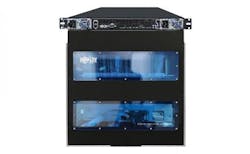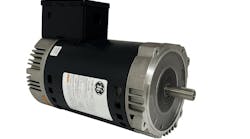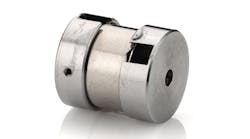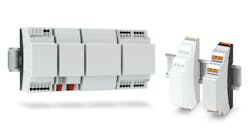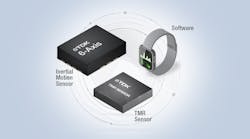Fiber Network Optimization
The Robotic Fiber Panel System, or RFPS, employs robotic latching and remote management to optimally set fiber connections between network equipment.
Data centers and colocation facilities are scaling up to provide better data access, or "Bandwidth-on-Demand"(BWoD), to customers. At the infrastructure level, this means a denser layout with more layer 1 physical connections between equipment. Relying solely on hands-on management of these connections is an increasingly inefficient practice, but RFPS automation provides a solution. The RFPS can typically re-configure a connection in 50 seconds, as opposed to the hours or days it often takes for on-site network engineering to arrive.
Any organization that provides large-scale data services can take advantage of the flexibility the RFPS incorporates into their infrastructure. It can be configured to accommodate almost 500,000 ports, single-mode and multi-mode fiber, all optical signals and all network protocols. This allows operators to adapt to new technologies without equipment overhauls.
The flexibility translates into cost savings as well. A more efficient infrastructure has less under-utilized equipment, which means less equipment to purchase, power and maintain.
Key Benefits:
- Efficient provisioning of physical connections
- Secure remote management and audit capabilities
- Faster, more effective disaster recovery
- Lower CAPEX and OPEX
- Passive, purely optical connections that are unaffected by power outages
- Scalability for the future
- Uses robotic latching and remote management software to re-configure fiber connections in <1 min.
- Recommended for data centers, telco centers, colocation facilities, and tech test labs
- Helps prevent costly downtime and reduce data center congestion and cord clutter
- 512 ports can be configured to support nearly 500,000 ports with <1 dB insertion loss
- Mounts into 10U of space in EIA-standard 19 in. rack enclosure cabinets
